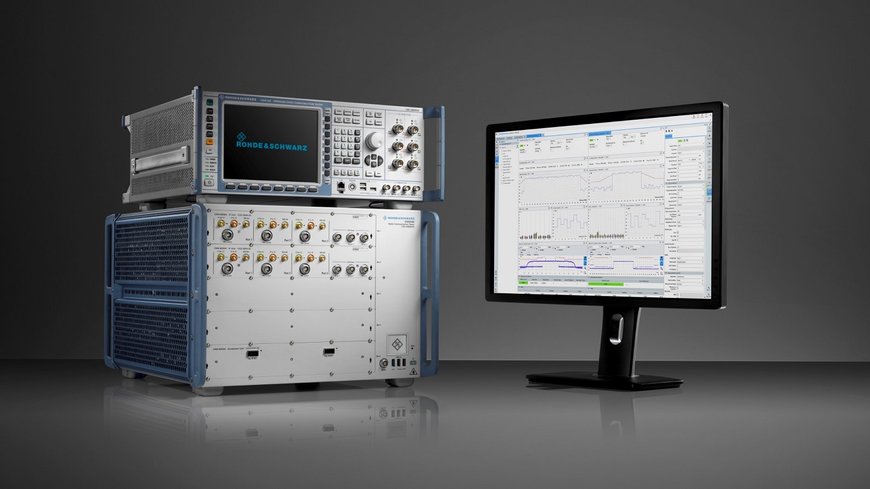www.magazine-industry-usa.com
03
'20
Written on Modified on
Rohde & Schwarz and MediaTek verify dynamic spectrum sharing (DSS) for 5G NR
Today, frequencies below 6 GHz are heavily utilized due to the successful deployment of 4G LTE. This creates a challenge for network operators worldwide on how to deploy 5G NR at these low frequency bands. Dynamic spectrum sharing (DSS) is a technique that enables mobile network operators to use LTE and 5G NR in the same frequency band. The in-depth validation of the standardized coexistence methodology is key to the success of this technology. Rohde & Schwarz and MediaTek have leveraged their unique expertises through a collaboration, with the resulting verification that uses the R&S CMX500 5G NR radio communication tester platform by Rohde & Schwarz and a device under test (DUT) provided by MediaTek.

Almost all initial 5G NR FR1 deployments are based on time division duplex (TDD), with unpaired frequency bands typically in the 3.5 GHz frequency range. However, about 90% of all spectrum below 6 GHz is organized as paired frequency bands, using frequency division duplex (FDD), where downlink and uplink use different frequencies. At the moment, these frequency bands are already in use by 4G LTE.
This is where DSS comes into play. It introduces smart algorithms and combines several other features that allow the simultaneous coexistence between 4G LTE and 5G NR users in a single mobile network, while using the same frequency band. In the LTE network, multicast broadcast single frequency network (MBSFN) is activated to allow 5G NR the transmission of synchronization signal blocks (SSB) and tracking reference signals (TRS). Depending on the amount of LTE and 5G NR users in a specific cell, DSS helps balance the LTE or 5G NR scheduling of mobile devices based on the actual traffic load. That allows the transmission of 5G data in standard LTE subframes, while specific rate-matching techniques are applied that avoid e.g. the always-present LTE cell-specific reference signals (CRS).
The combination of these features, functions and complex algorithms requires extensive testing of mobile devices. DSS will complement the 5G NR signalling tester feature coverage of Rohde & Schwarz by using the R&S CMX500 5G NR signalling tester together with the company’s tried-and-tested, industry-leading LTE testing solutions, based on the R&S CMW500 mobile radio tester. This will help expedite the smooth integration of the 5G NR technology into existing LTE networks for the worldwide ecosystem, from chipset suppliers, modem and smartphone manufacturers to mobile network operators.
In close cooperation between the R&D teams of both Rohde & Schwarz and MediaTek, correct implementation of DSS algorithms on LTE and 5G NR has been tested extensively between the R&S CMX500 radio communication tester and MediaTek’s new 5G chipset Dimensity 1000. This verification will enable MediaTek to roll out their chipsets into markets where 5G NR technology is being used within existing LTE band allocations.
For more information on the R&S CMX500, visit: www.rohde-schwarz.com/cmx500
A short demo video about this and other industry-leading wireless test solutions from Rohde & Schwarz are available at: https://youtu.be/b53jkKUfaGE

